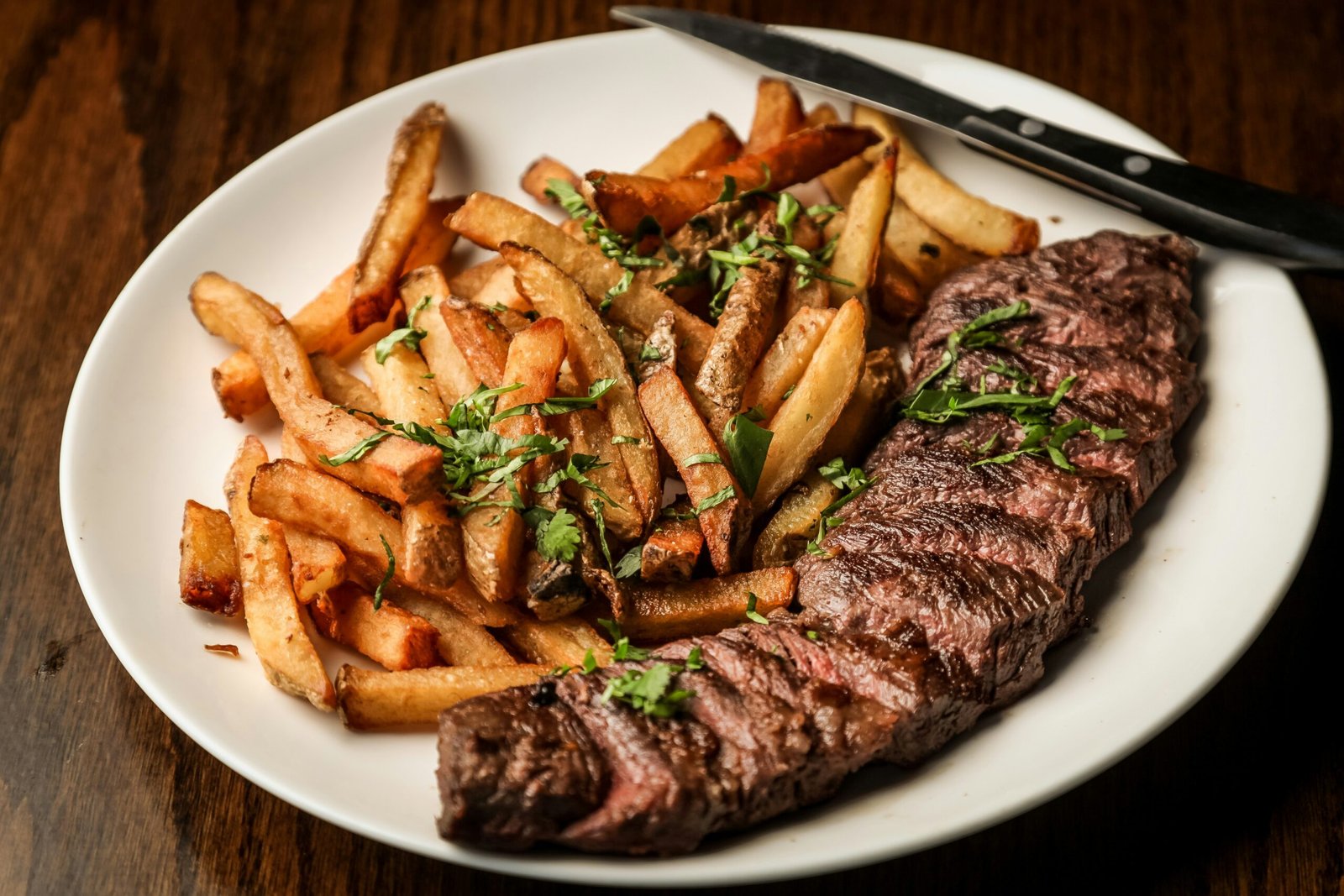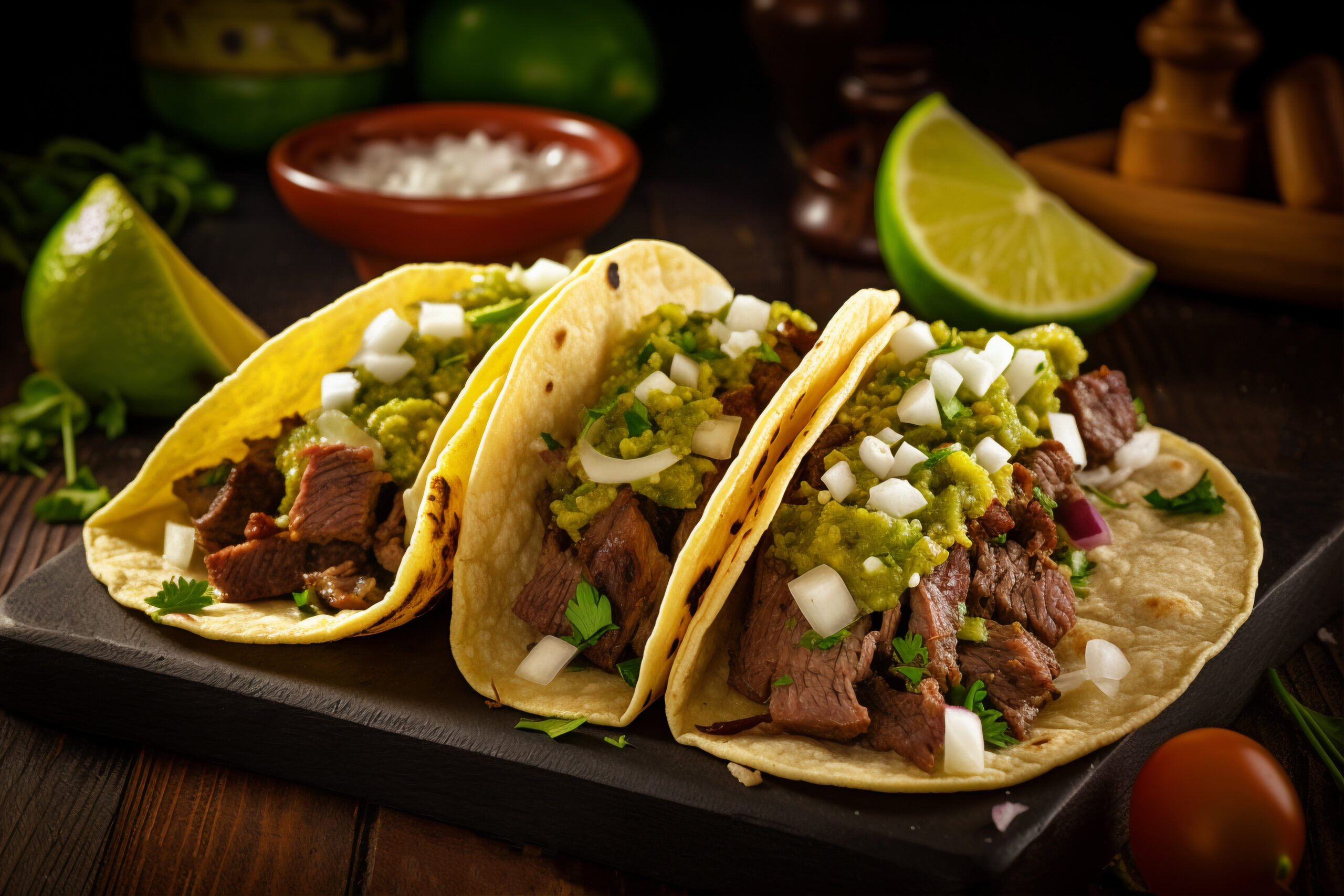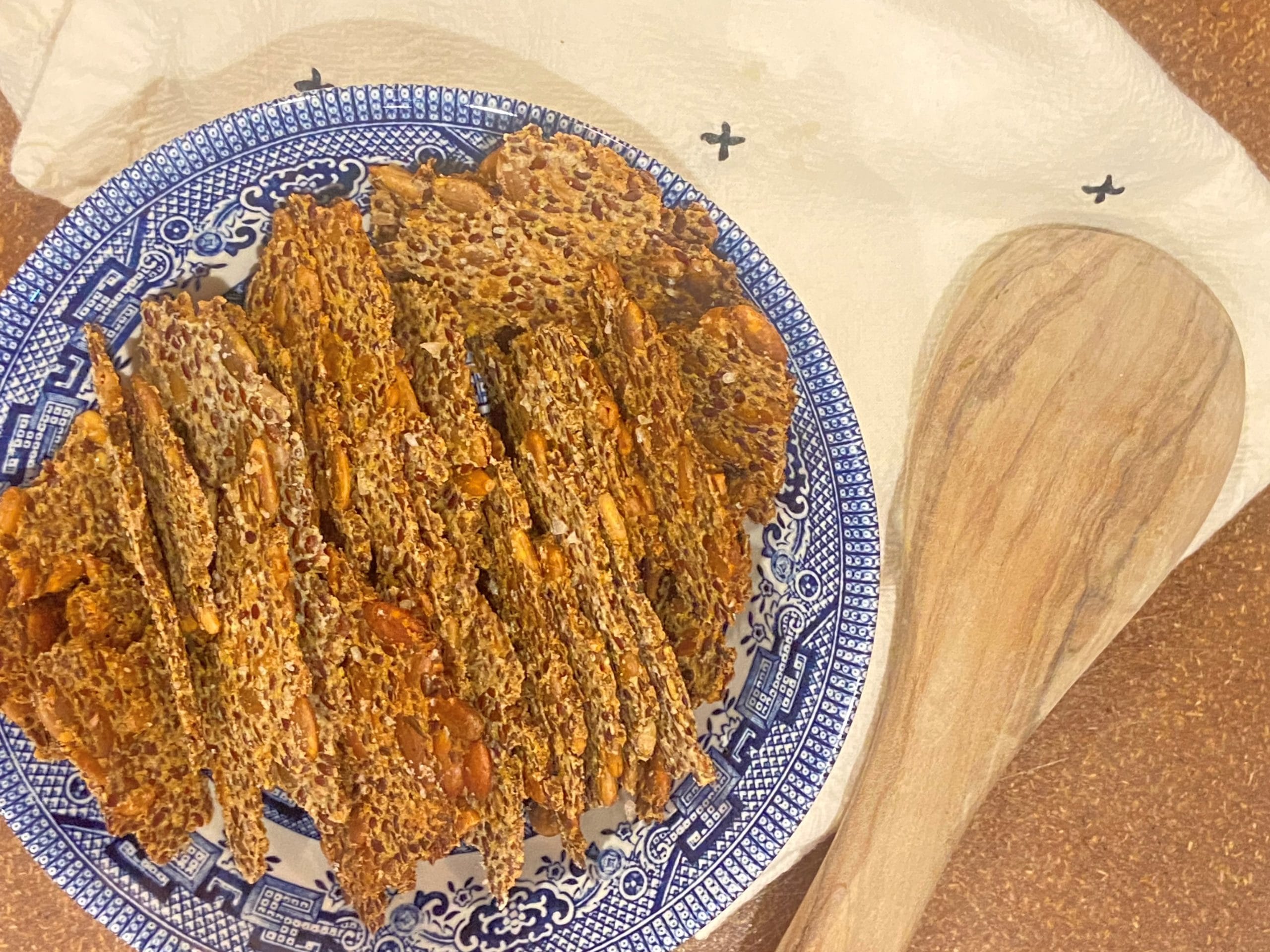Are you tired of the same old beef steak recipes? Why not switch things up and try cooking with venison steak? Not only is it a delicious and leaner alternative to beef, but it's also a great way to add some variety to your meals.

Cooking venison steak may seem intimidating at first, but with the right recipes and techniques, it can be just as easy and flavorful as cooking with beef. From simple marinades to complex spice rubs, there are endless possibilities when it comes to venison steak recipes. Whether you prefer your steak grilled, pan-seared, or slow-cooked, there's a recipe out there that will satisfy your taste buds. So, let's dive in and explore some mouth-watering venison recipes that are sure to impress.
Choosing the Right Cut

When it comes to cooking venison steak, selecting the right cut is crucial. Not all cuts are created equal, and each one has its own unique flavor and texture. In this section, we will discuss how to identify quality venison and understand the different cuts of venison.
Identifying Quality Venison
The quality of venison can vary greatly depending on a number of factors, including the age of the deer, the diet of the deer, and the processing methods used. When selecting venison, look for meat that is deep red in color and has a fine texture. Avoid meat that is brown or has a coarse texture, as this can be a sign of poor quality.
Another important factor to consider when selecting venison is the fat content. Venison is a lean meat, but some cuts may have more fat than others. Look for cuts with a small amount of visible fat, as this can add flavor and moisture to the meat.
Understanding Venison Cuts
There are several different cuts of venison, each with its own unique characteristics. The most popular cuts for venison steak are the loin/backstrap and the tenderloin.
The loin/backstrap is a long, thin cut that runs along the spine of the deer. This cut is known for its tenderness and mild flavor, making it a popular choice for grilling or pan-searing.
The tenderloin is a small, tender cut that is located inside the deer's ribcage. This cut is extremely tender and has a delicate flavor, making it ideal for dishes that highlight the natural flavor of the meat.
Other cuts of venison include the shoulder, which is a tougher cut that is best suited for slow-cooking methods, and the hindquarter, which is a larger cut that can be used for roasting or braising.
When selecting a cut of venison, consider the cooking method you plan to use and the flavor and texture you are looking for. With the right cut and cooking technique, venison can be a delicious and healthy addition to your diet.
Preparing Your Venison

When it comes to cooking venison steak, the preparation is just as important as the cooking itself. Here are some tips for preparing your venison:
Marinating for Flavor
Marinating your venison is a great way to add flavor and tenderize the meat. We recommend using a mixture of Worcestershire sauce, soy sauce, lemon juice, olive oil, garlic, rosemary, and thyme. Simply mix these ingredients together and let your venison marinate for at least 2 hours, or overnight for best results.
Tenderizing Techniques
Venison can be a tough meat, so tenderizing it is crucial for a delicious meal. One way to tenderize your venison is to use a meat mallet to pound it thin. Another way is to use a salt and pepper rub. Simply season your venison with salt and pepper and let it sit for at least 30 minutes before cooking. The salt will help tenderize the meat and bring out its natural flavors.
Bringing to Room Temperature
Before cooking your venison, it's important to let it come to room temperature. This allows for even cooking and ensures that your steak is cooked to perfection. Simply take your venison out of the fridge and let it sit at room temperature for at least 30 minutes before cooking.
By following these simple steps, you can ensure that your venison is tender, flavorful, and cooked to perfection.
Cooking Methods Explained
When it comes to cooking venison steaks, there are several methods you can use to achieve delicious results. In this section, we'll explain the basics of three popular cooking methods: grilling, pan-searing, and oven roasting.
Grilling to Perfection
Grilling is a great way to cook venison steaks, as it imparts a smoky flavor and creates a nice char on the outside. To grill venison steaks, preheat your grill to medium-high heat and brush the grates with a little bit of cooking oil. Season your steaks with salt and pepper, and place them on the grill. Cook for 4-5 minutes per side, or until the internal temperature reaches 130-135°F for medium-rare. Use a meat thermometer to check the temperature, and let the steaks rest for a few minutes before slicing and serving.
Pan-Searing Basics
Pan-searing is a quick and easy way to cook venison steaks on the stovetop. Heat a cast iron skillet over medium-high heat and add a little bit of cooking oil. Season your steaks with salt and pepper, and place them in the skillet. Cook for 3-4 minutes per side, or until the internal temperature reaches 130-135°F for medium-rare. Use a meat thermometer to check the temperature, and let the steaks rest for a few minutes before slicing and serving.
Oven Roasting
Oven roasting is a great option for larger cuts of venison, such as a whole loin or roast. Preheat your oven to 350°F and season your meat with salt and pepper. Place the meat in a roasting pan and cook for 15-20 minutes per pound, or until the internal temperature reaches 130-135°F for medium-rare. Use a meat thermometer to check the temperature, and let the meat rest for a few minutes before slicing and serving.
By following these simple cooking methods and using a meat thermometer to ensure your venison steaks are cooked to perfection, you'll be able to enjoy delicious and tender meat every time.
Serving and Pairing
When it comes to serving and pairing venison steak, there are a few things to keep in mind to ensure the best possible dining experience. Here are some tips and tricks that we have found to be helpful.
Resting and Slicing
After cooking your venison steak, it is important to let it rest for about 5 minutes before slicing. This allows the juices to redistribute, resulting in a more tender and juicy steak. When slicing, be sure to cut against the grain to prevent toughness.
Side Dishes
Mashed potatoes are a classic side dish that pairs well with venison steak. The creaminess of the potatoes complements the gamey taste of the meat. Additionally, roasted vegetables such as carrots, Brussels sprouts, and parsnips are a great way to add some color and nutrition to your plate.
Wine and Seasoning Pairings
When it comes to wine pairings, a full-bodied red wine such as Cabernet Sauvignon or Syrah pairs well with venison steak. For seasoning, we recommend using red wine vinegar, black pepper, and sea salt to enhance the natural flavors of the meat.
Overall, serving and pairing venison steak can be a fun and delicious experience. By following these tips and tricks, you can create a well-balanced meal that is sure to impress your guests.
Frequently Asked Questions
What's a good marinade for tenderizing venison steaks?
Marinades can help to tenderize venison steaks and add flavor. We recommend using acidic marinades like vinegar or citrus-based marinades. You can also use a combination of oil, acid, and herbs to create a flavorful marinade. Marinate the venison steaks for at least 2 hours, or overnight in the refrigerator for maximum flavor.
Can you give me some tips for cooking venison steaks in a frying pan?
Cooking venison steaks in a frying pan is a great way to quickly cook them. We recommend heating the pan on medium-high heat and adding a small amount of oil. Season the steaks with salt and pepper, and cook them for 3-4 minutes on each side, or until they reach your desired level of doneness. Let the steaks rest for a few minutes before serving.
What are some easy venison steak recipes for oven baking?
Oven baking is a great way to cook venison steaks, especially if you're cooking for a larger group. One easy recipe is to season the steaks with salt and pepper, and bake them at 375°F for 10-15 minutes, or until they reach your desired level of doneness. You can also add herbs or spices to the steaks for extra flavor.
How can I make venison steaks tender in a slow cooker?
Slow cooking is a great way to make venison steaks tender. We recommend marinating the steaks overnight in an acidic marinade, then placing them in the slow cooker with vegetables and broth. Cook on low for 6-8 hours, or until the steaks are tender and cooked through.
What are the best seasonings to enhance the flavor of venison steaks?
Venison steaks have a unique flavor that can be enhanced with a variety of seasonings. We recommend using herbs like rosemary, thyme, and sage, as well as spices like garlic powder, onion powder, and paprika. You can also use a dry rub or a marinade to add flavor to the steaks.
What sides pair well with venison steaks for a complete meal?
Venison steaks pair well with a variety of sides. We recommend serving them with roasted vegetables like carrots, potatoes, and Brussels sprouts, or with a side salad. You can also serve them with mashed potatoes or rice for a more filling meal.
Want more venison recipes? Here are some of our favorites:
Ultimate Recipe for Venison Tenderloin: A Bacon-Wrapped Delight
Venison Burger Recipe:: How to Make the Perfect Venison Burger
Cooking with Deer Heart: Delicious Venison Heart Recipes
Easy Instant Pot Venison Recipes for Busy Weeknights
The Best Venison Lumpia Recipe You’ll Ever Taste
Venison Recipe: Stir Fry You’ll Love
Deconstructed Venison Stuffed Peppers for Dinner Tonight




